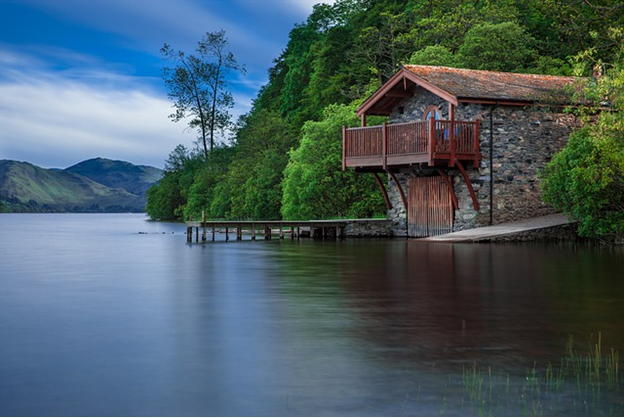
Saving money for a vacation home can be difficult, and when you’re a senior on a fixed income, it can take some creative thinking to make sure you have the funds you need for the perfect getaway. Not only will you need to think about saving for a second mortgage, you’ll also need to consider the extra costs that you’ll incur from taxes and furnishing your new home. Then you’ll need to think about whether you want to turn your vacation home into a rental property when you’re not using it in order to recoup some of your investment.
A good financial plan begins with educating yourself about the real cost of a vacation home. Think about what it will take to make your dream a reality. Of course you’ll need money for the down payment, but you’ll also need funds to cover all the extra costs that come with a home, such as property taxes, utilities, HOA fees, and insurance, just to name a few. The location is a huge factor not only in cost, but in convenience, as the ideal vacation home is far enough away to be a “getaway” but close enough to your home that you can manage the upkeep.
Read on for some tips on how to plan for your vacation home and get everything you want out of it.
Location is key
The perfect vacation home means different things to different people. You may want something near the beach, near a ski resort, or in an area that has lots of restaurants nearby. You might want a home that fulfills needs for your health and well-being, such as a floor plan that works well for individuals with limited mobility. Take into consideration your lifestyle, your budget, and how often you’ll be using the home when you start your search, and gather some info on what the neighborhood is like as well.
Calculate well
Budgeting for something as big as a vacation home means doing some heavy planning. You need to make sure you’re familiar with all the rules of the area first, as some cities, homeowner associations, and resorts make their own set of laws when it comes to properties and amenities. Talk to a real estate agent and an accountant to get a good idea of what you’ll need to set aside.
Don’t forget the upkeep
Vacation homes often need updates when it comes to the kitchen and bathrooms, and these improvements can be pricey if you’re not careful with your budget and planning. One of the best ways to keep your home in good shape is to keep up with repairs and small changes rather than waiting to do them all at the same time. If you’re fairly close to your vacation home and can make a few trips a year for maintenance and upkeep, it will likely save you quite a bit of money in the long run. HomeAdvisor states that the average cost to remodel a kitchen is between $16,348 and $38,800, which is a big chunk of change. However, making green improvements, such as installing energy-efficient appliances or solar panels to the roof, can help you with tax credits as well as save you money on utilities every month, and that’s a great place to start with your budget.
Consider renting it out
While there are certainly downsides to renting out your vacation home, there are many upsides, too, including the fact that you’ll be getting extra income to help pay the mortgage. You’ll need to check and make sure this is an option before buying your home, as well as think about whether you’ll be available for emergencies should something go awry when the renters are in the home, but many vacation homeowners find this to be a great way to balance out the cost of the house.
Saving money for a vacation home starts with a solid plan, so make an effort to consider all your needs before you begin the process. Talk to your family about your plans and garner support and help from your loved ones to help make everything go smoothly.
